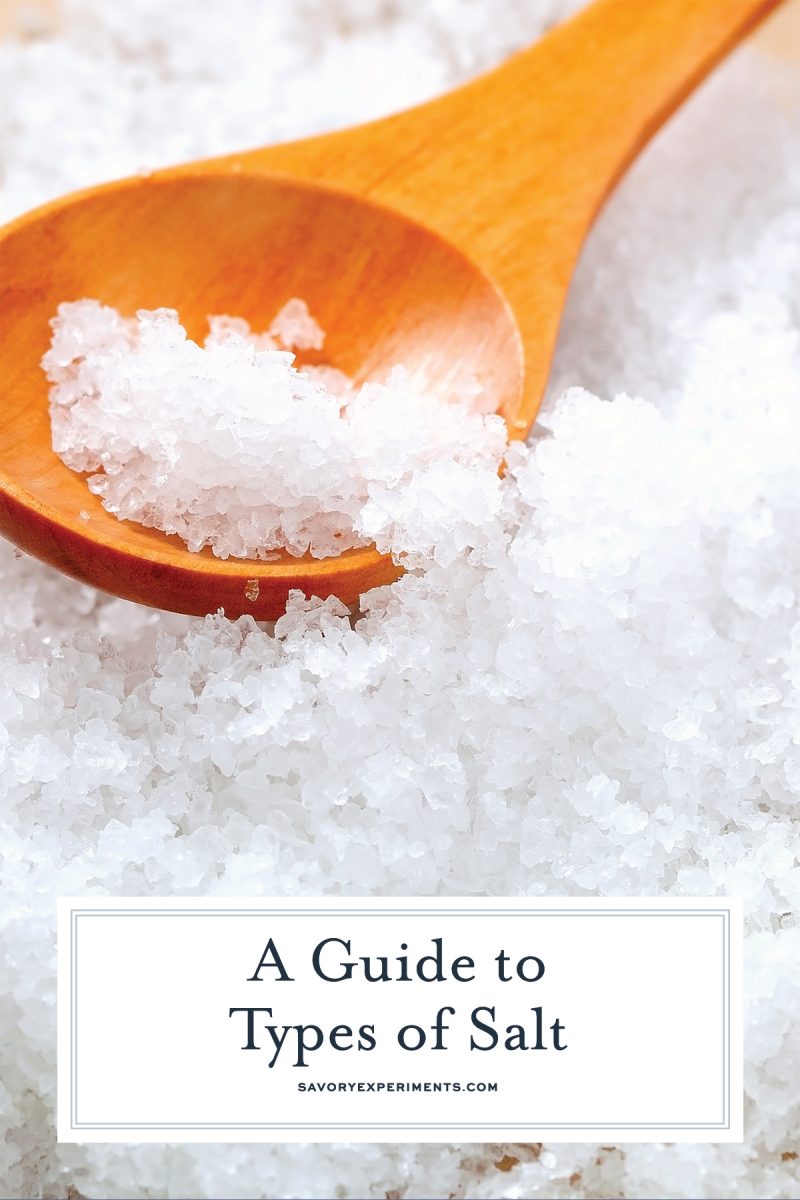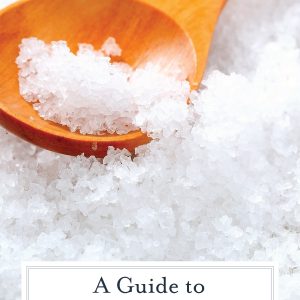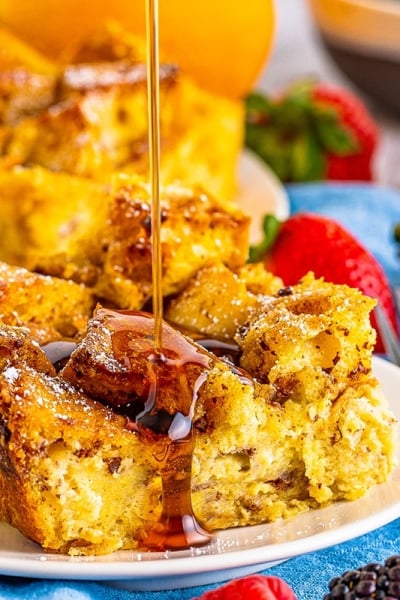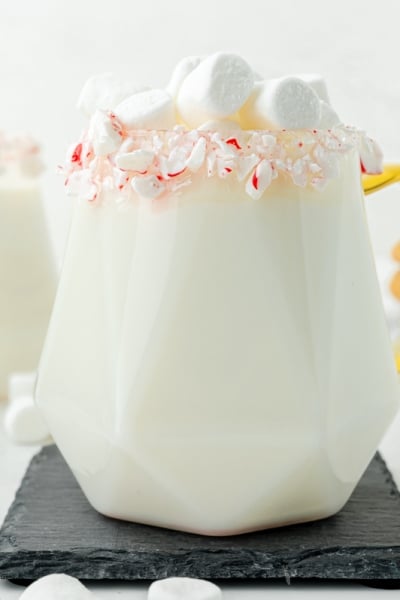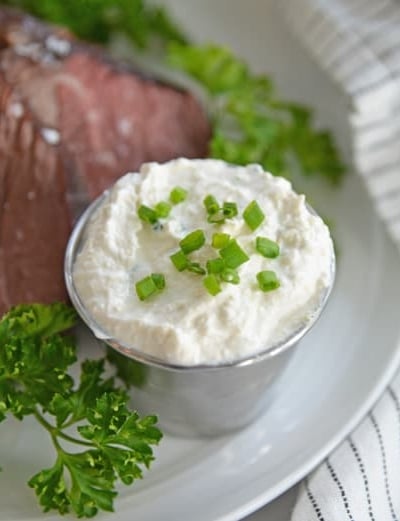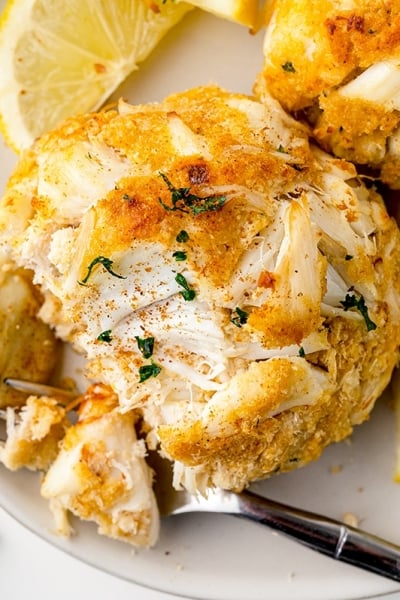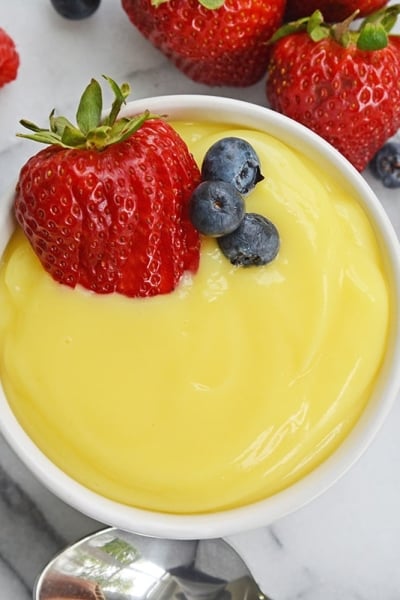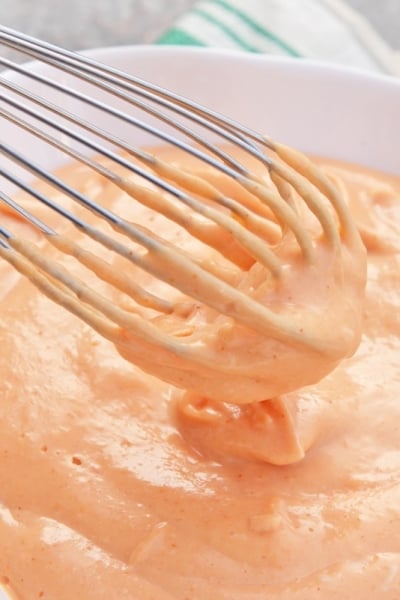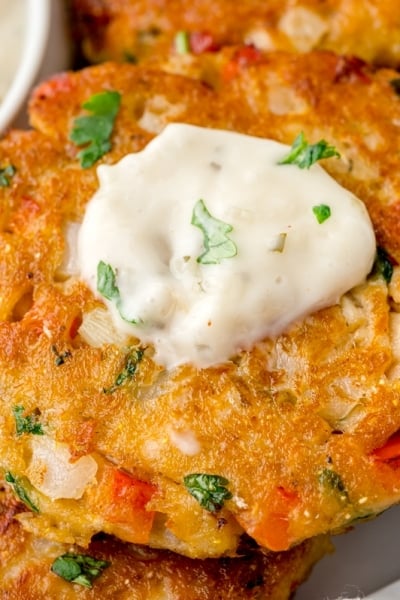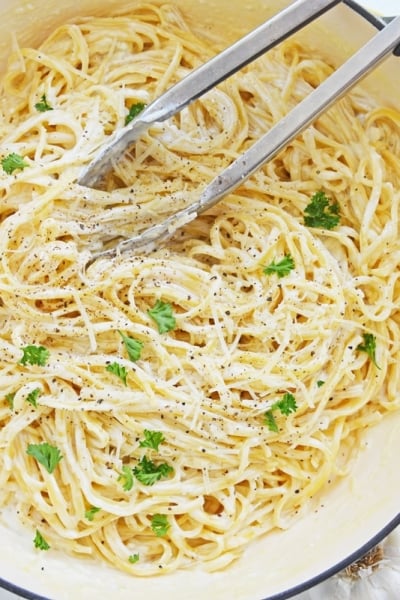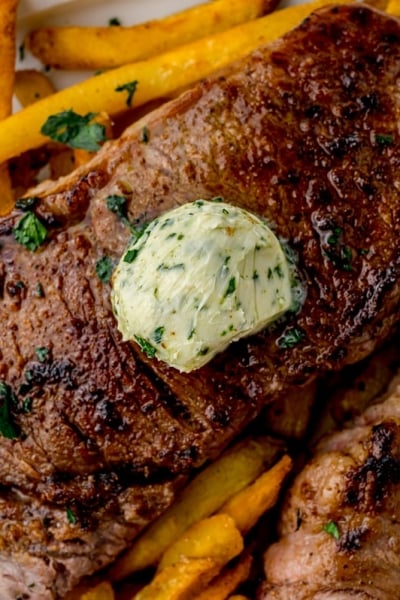There are few things in your kitchen more powerful and more necessary than salt. If there is anything that I have learned over my years of experimenting in the kitchen (and at restaurants) it is that proper salting is of the utmost importance. And even more important than that, not all salt is the same or created equal.
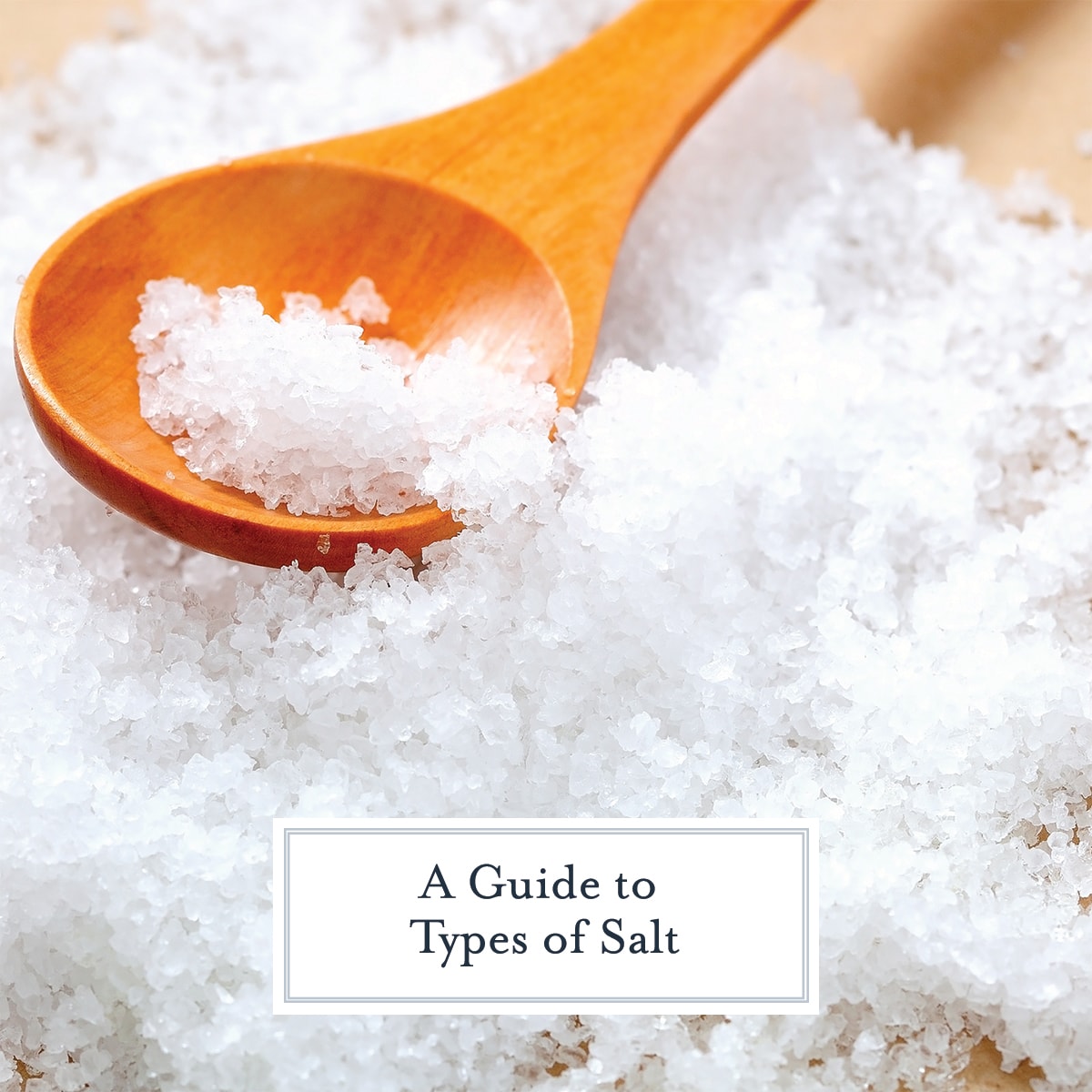
There are more varieties of salts than I can cover in this article, but each one has their own unique flavor profile, level of saltiness (yes, you read that correctly), and things that it should and should not be used for. Hopefully this article will help demystify salt for you and help you seasoning better and more effectively.
Let’s dive in!
What Is Salt?
In the most basic sense, salt is a mineral made up mostly of sodium chloride or NaCl for those of you that remember anything from chemistry class. (I do not and needed to look that up.) In its natural form, it is crystalline.
This will come as no surprise but salt appears in vast quantities in sea water. Hence, the term “salt water” and the inherent saltiness of the ocean.
Salt is one of the earliest known food seasonings there is and has been long used as a way to preserve foods well past their natural due dates. Think back to around 6,000 B.C. where some of the earliest evidence has been found of salt cultivation.
This seasoning that is so abundant to us in the modern world was scarce way back when and there were wars waged over it. Fun fact: The term “worth your weight in salt” is thought to have come from Roman times when soldiers were paid (yes, paid) in salt or given an allowance to buy it. Hot commodity indeed!
Where Does Salt Come From?
Salt is cultivated from two main places – salt mines or ocean water.
In the case of salt mines, even though it may seem like this is simply rock, the salt beds in places like this are remnants of dried up oceans, seas, and/or lakes that became landlocked leaving behind their mineral components. In some places the salt beds can be up to 350 meters thick! These deposits are most often mined.
Salt from the ocean can be extracted through solar evaporation or through solution mining. Both are complex processes that are a whole other ball of wax that we won’t get into here.
What Does Salt Taste Like?
Salt should taste clean and salty – not like anything else. I find it is best to taste them on their own before cooking with them so you can start to gauge their flavor and intensity.
It is also one of the five basic tastes we can perceive along with sweet, sour, bitter, and umami.
Salt, unlike many seasonings, can enhance the flavor of your food. If you don’t believe me, slice a vegetable up – maybe a ripe tomato – and try it without salt and then with a little pinch. You go from bland to wow in two seconds. The reason? Salt!
How to Salt
This will vary wildly based on what you are cooking and how you are cooking it. For example, salting pasta water is very different from salting water that you will cook a lobster in. Salting a whole chicken the day before will yield very different results from a chicken that you salt right before you cook.
Salt will always get absorbed in the food it touches. The more you cook the more you will start to see patterns and understand when and how to salt foods more.
The one big rule to remember is this: You can always add salt, but you can never take it away!
What Are the Different Types of Salt?
We are back to discussing the fact that not all salt is the same and yes, some salts are inherently saltier than others. Some of this has to do with the surface area of the granules and density. One thing is for sure though, all of it affects your food and the way it tastes.
Kosher Salt
Kosher salt was given its name because it was used in the koshering of meats which benefited from a larger grain. When you open a box of kosher salt you will notice that these grains are generally larger or coarse.
There are two main brands Morton and Diamond Crystal. In my opinion, these are not one in the same and each offers its own level of saltiness by weight. Choose the one you like the best or have both on hand once you learn what you like about each!
Sea Salt
Sea salt is what is left behind when seawater evaporates. These varieties are wonderful to use, but can often be labor intensive and low yielding which you guessed it, means they are typically far more expensive.
That said, coarse sea salt is great for everyday use, but most finishing salts are sea salts. More on that next.
Finishing Salts
If you ever see a recipe calling for Maldon or Sel Gris or Fleur de Sel, these are examples of finishing salts. Sometimes they are referred to as flaky salt because of their thin and sometimes pyramid like shape.
Finishing salts are just what they sound like, to finish dishes. Not only do they give a dish a gorgeous look, but they add a texture with their crunch and perfect pop of salt with each bite.
Table Salt
When you think of salt shakers, this is the type of salt they are usually filled with. This type of salt is often extracted from mines and the process stripped of any excess minerals that it might have. These tiny little granules pack a punch of saltiness because they are small and very dense, often the product of being created in a vacuum.
This type of salt often has anticaking agents that are added to them to prevent clumps. These are not harmful to you and won’t affect your food, but it is always good to know what is in certain things so check the labels.
A general rule of thumb here is if a recipe calls for say 2 teaspoons of kosher salt, you will only need half the amount if you are using table salt. Iodized salt is a form of table salt.
Quick note: Iodized salt is a form of table salt. It tends to have a metallic flavor and I tend to steer clear of it in my cooking for that exact reason.
